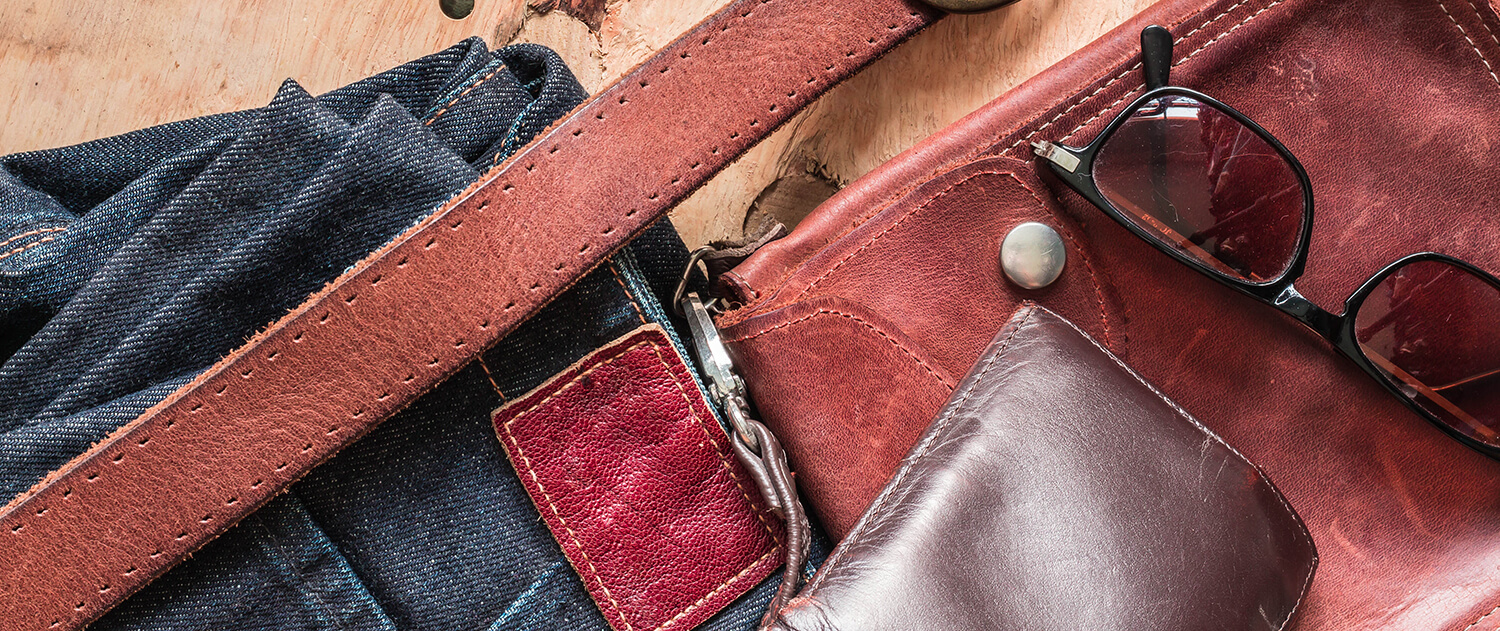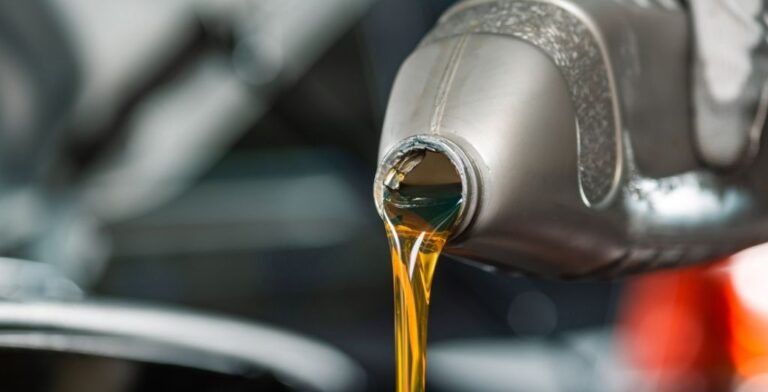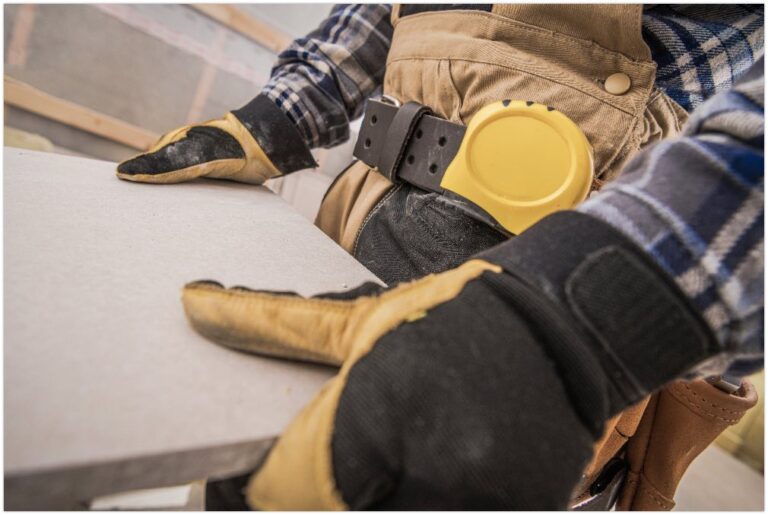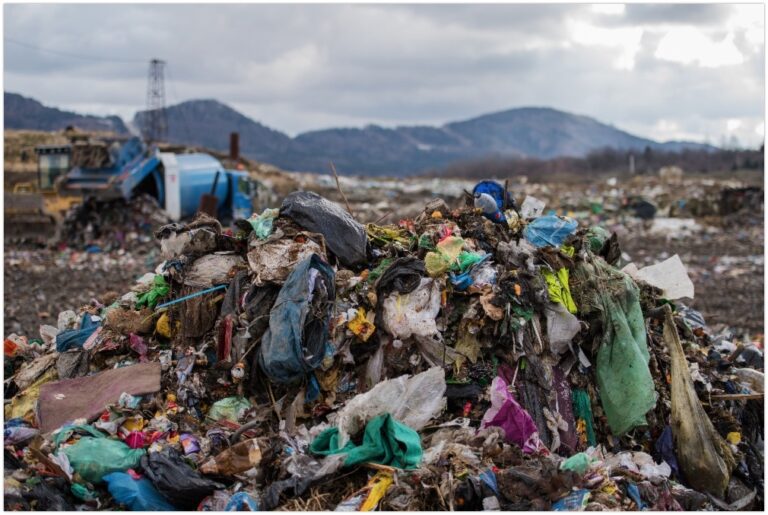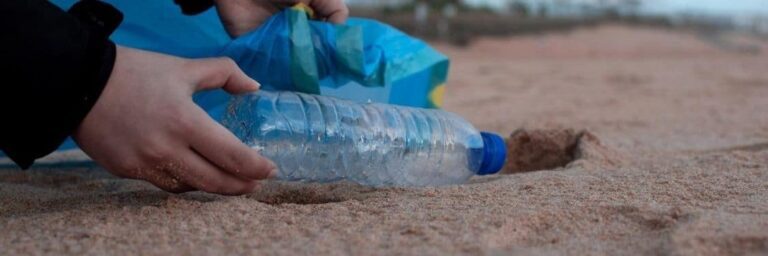Leather waste represents a huge and ever-growing problem. The obsession we have with new clothes, footwear or household items in today’s society is hurting the environment significantly. That is why there is no doubt that leather waste is a problem that we must all address. However, this is not an issue that will be resolved overnight.
First, we must all learn how to conserve our natural resources. The preservation of natural resources is a critical component of sustainability. If we continue to deplete our resources, we will all pay the price, leaving nothing for future generations.
Before we go through the creative and resourceful process of replacing or repairing leather waste products, let’s take a look at Australia’s leather waste statistics.
What is Leather Waste
Leather is present in almost everything we use or wear. Leather products made from animal hides, skins, and bones are widely used, particularly in the fashion industry. As soon as these products reach the end of their useful life, they are disposed of in landfills.
However, this begs the question of where leather waste comes from. Leather waste is made up of two types of materials:
- The skins of the animals that have been tanned
- The skins of the tanning process
These skins are taken to a tanner, who creates the leather using a variety of methods. Leather waste, including tanning waste, is a byproduct of the leather manufacturing process. Tanning waste is a composite of materials that can be used for a variety of purposes.
The removal of the skin, hair, and bones of the animal, as well as the use of chemicals to preserve the leather, are all steps in the leather-making process. Simply put, leather waste, in any form, is a waste material produced when leather is processed into leather products.
A Look at the Leather Industry
Leather is a multi-million dollar business all over the world, and it plays a major role in the Australian economy. In 2019, according to ABC Australia news, “the leather industry is in one of the worst depressions it’s been in living memory.”
The introduction of synthetics has dealt the leather industry a significant blow. As a result of this massive loss, the amount of leather waste in our landfills has decreased. However, this does not exempt us from the negative effects of solid waste.
Despite the fact that the leather industry has suffered a major setback, our own people continue to demand the luxury of leather products. In fact, luxury leather is making a comeback in the business.
Common Types of Leather Waste in Australia
The amount of leather waste that ends up in our landfills is concerning. As a result of the piles of leather waste that end up in our landfills, we are left with a concerning issue. Although these waste materials may be valuable to our economy, they will remain in our landfills.
Adding to this worry is the fact that leather waste materials, including textiles, is among the waste materials that are rarely exported. As a result, we have a pile of tons of solid waste in landfills.
Among the leather waste materials found in our landfills, the following are the most common waste materials generated by the leather processing industry:
- Untanned trimmings, fleshings, splits
- Tanned trimmings, fleshings, splits
- Raw hides and skins
- Semi-processed leather
- Bags
- Footwear
- Jacket
- Furnishings
- ..and more
If you can repurpose your wardrobe or furniture, go ahead and do so. Your small actions can make a big difference in preserving the environment and our resources.
The Bottomline
Regardless of the materials used, rubbish, junk, or waste is harmful to the environment. Considering our generation’s obsession with fashion, we produce waste at a faster rate. In fact, the average Australian purchases 27 kilograms of clothing alone and discards approximately 23 kilograms each year.
Other than dumping our leather waste in a landfill, we have other options such as selling valuable items, donating them to charitable organisations, recycling, and upcycling. Let us accept responsibility for our actions, which can have far-reaching consequences not only for the present but also for future generations.
However, if you’re having trouble dealing with your waste, don’t hesitate to contact a trustworthy rubbish removal company.
